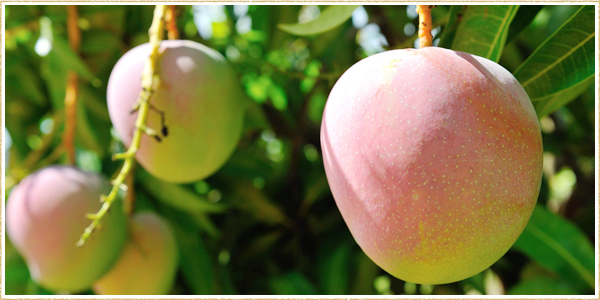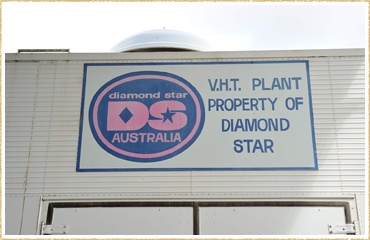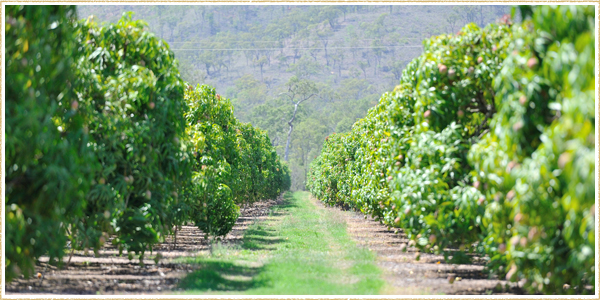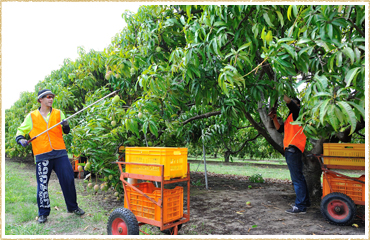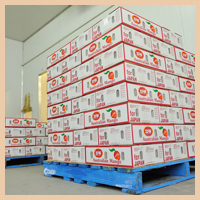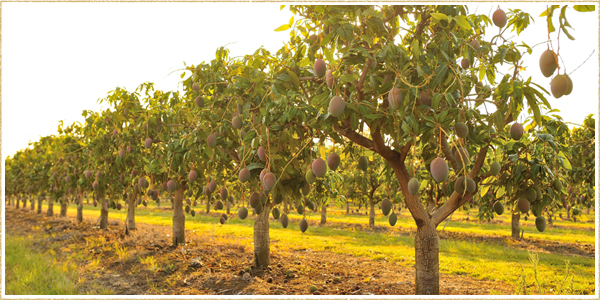
Kensington Pride
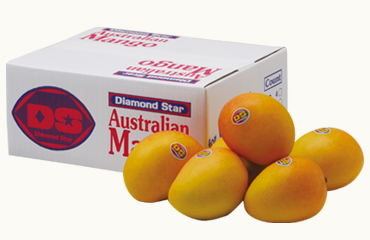
Australia’s Kensington Pride mango has an excellent reputation in Japan. It is said to be one of the best mangoes in the world.
The origin of the Kensington Pride mango.
Mango plantations started on the east coast of Australia in the latter half of the 19th Century, beginning with mangoes carried by horse traders from India.
Local farmers began selectively breeding these mangoes and a smooth-fleshed, stringless variety was chosen in the late 1880’s by Harry Lott to plant in an orchard upon the property “Kensington” near Bowen.
The popularity of the Kensington Pride led to the wide distribution of the variety throughout the region and it now fills a majority share of the mango market in Australia.
Keitt
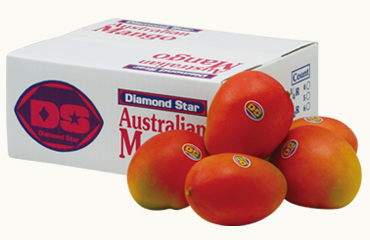
The Keitt mango originated in Florida, USA in the 1940’s and is known for its large fruit size, attractive orange-red blush and late-season availability.
We export Keitt after Kensington Pride.
Blush from tropical highland sunshine
One of the best places for growing premium quality mangoes in Australia is in the tropical tablelands surrounding Mareeba, west of Cairns in North Queensland.
An elevation of about 400m, an average of 300 sunny days a year and a distinct wet and dry seasonal climate provides the perfect environment to make the mangoes sweet and tasty, with a beautiful blush that varies in colour between a vivid red and warm pink with an orange tinge.
Diamond Star Australia has been operating out of Mutchilba, North QLD Australia since 1994.

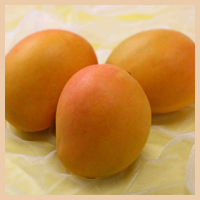
Kensington Pride Fruit
Characteristics
【Weight】300〜600g
【Average length】106mm
【Average width】79mm
【Average depth】83mm
【Shape】Ovate
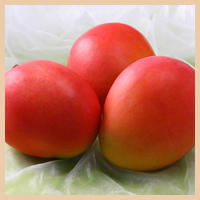
Keitt Fruit Characteristics
【Weight】400g〜1kg
【Average length】130mm
【Average width】90mm
【Average depth】85mm
【Shape】Ovate
Nutrient Profile per 100g
【Energy KJ】230
【Protein g】0.9
【Fat g】0.2
【Carbohydrate g】11.6
【Fibre g】1.5
【Vitamin C ug】26
【Vitamin E ug】1.3
【Beta carotene ug】1433
【Beta Carotene eq ug】2195
【Potassium mg】197
【Calcium mg】7
【Retinol ug】0
【Retinol eq ug】366
【Alpha Carotene ug】9
【Cryptoxanthin ug】1516
【Water】84.1












